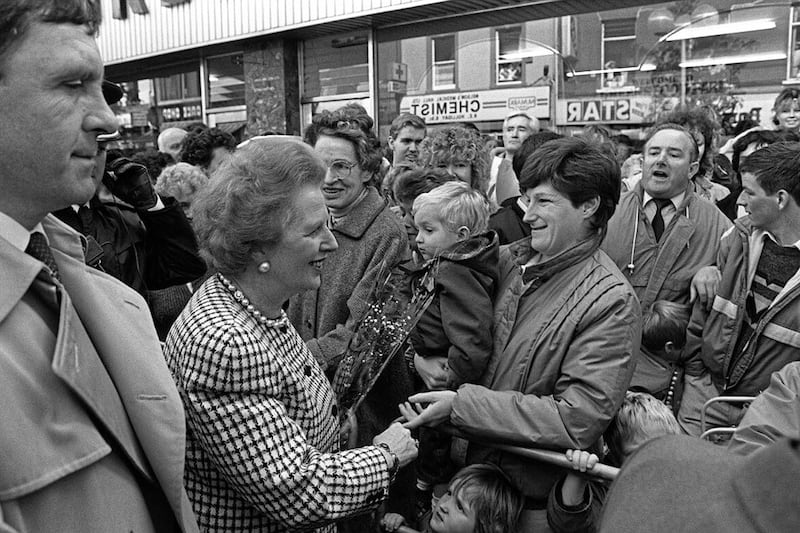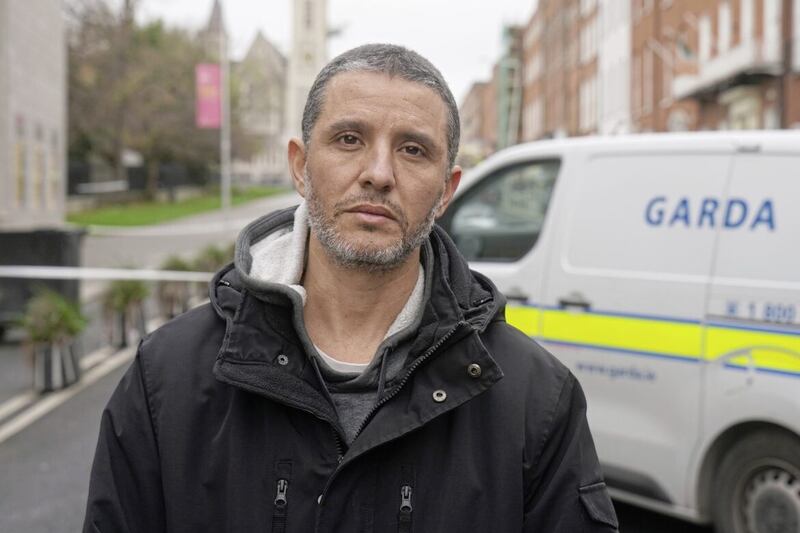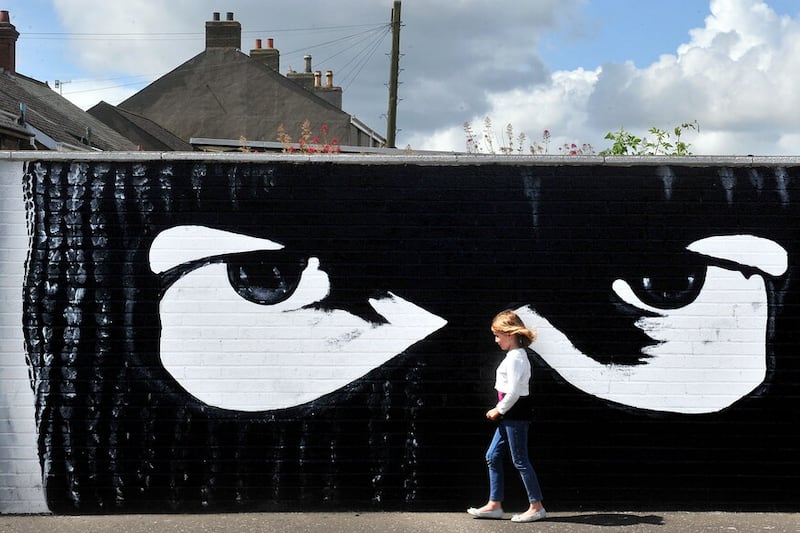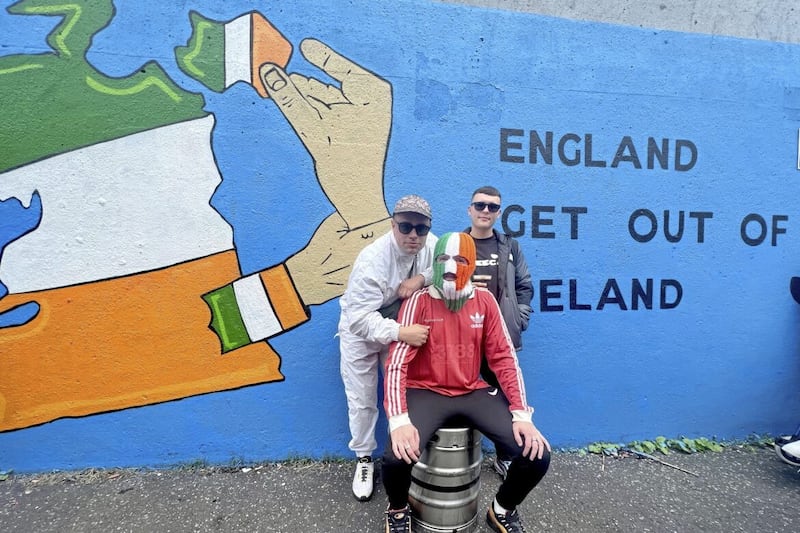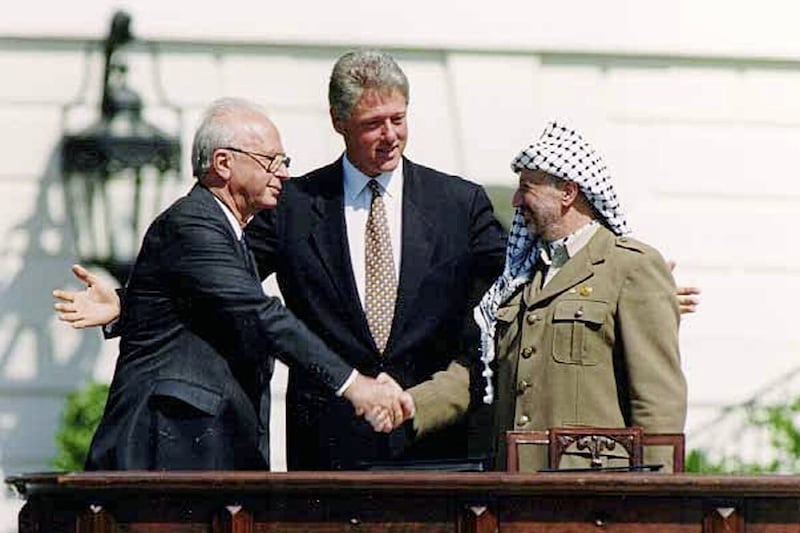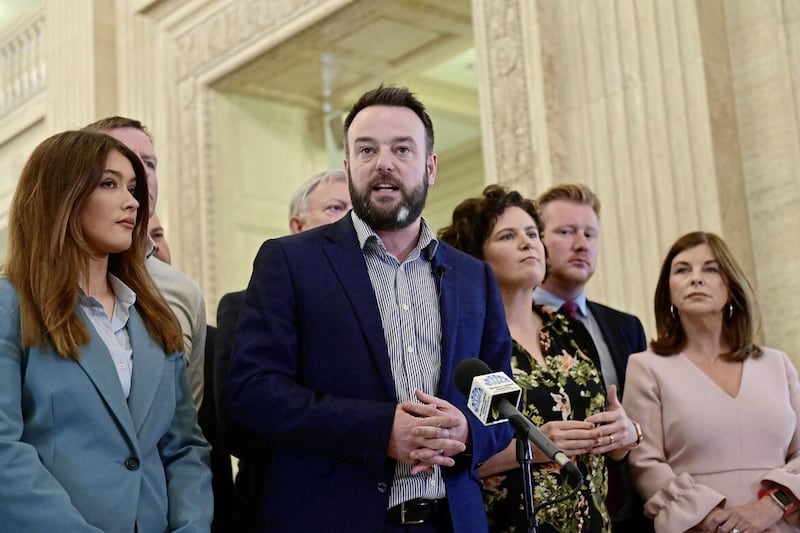At the time of writing I am reading about Sunday October 12, 1941.
Thousands of Jewish people were herded up from their ghetto in Stanislawow and steered towards pre-prepared mass graves.
The Jews were stripped naked and anything left of value was taken from them by their ruthless captors, German Nazis and their Ukrainian allies.
The shooting started at 12 noon.
The Gestapo set up picnic tables providing vodka, beer and sandwiches so their murderous cohorts could take a rest from the constant volleys of shots.
Determined to continue killing into the night, they even brought in floodlights.
Bizarrely, the perpetrators got tired and allowed their remaining captives to be released - but not before they had slaughtered between ten or twelve thousand souls. This notorious event became known the Blutsonntag or Bloody Sunday.
Remarkably and despite the incontrovertible evidence there are those who still shamelessly deny such atrocities took place.
There have been many Bloody Sundays throughout history.
Croke Park, Sunday November 21, 1920 was one.
Thirty people were killed or fatally wounded on this darkest of days. The three youngest killed were school boys, Jerome O’Leary aged 10, William Robinson aged 11 and John William Scott, aged 14. The narrative of that fateful Sunday in Dublin is brilliantly captured by the sports journalist and author Michael Foley in his book, ‘The Bloodied Field’.
Then there was the Bloody Sunday which awoke the consciousness of a nation.
March 7, 1965 was a landmark (though bloodied day) in the campaign for civil and equal rights for African-Americans. Civil rights leaders including the late John Lewis decided on a protest walk from Selma to Montgomery in Alabama. The six hundred marchers were met with tear gas. Mounted troopers charged through the crowd on horseback. The defenceless campaigners were bludgeoned and battered by racist forces of law and order.
Lynda Blackmon Lowry, who was just fourteen years of age, was so pummelled by State police that she need nearly fifty stitches on her head and back.
The photo of unconscious body of march organiser Amelia Boynton lying on the Edmund Pettus Bridge became an iconic and galvanising symbol for the civil rights campaign across America and indeed the world.
Within the year President Johnson signed the Voting Rights Act into law. That Bloody Sunday changed everything. The president remarked: “At times, history and fate meet in a single time in a single place to shape a turning point in man’s unending search for freedom. So it was at Lexington and Concord. So it was at Appomattox. So it was last week in Selma”. He concluded by saying: “We shall overcome”.
And the clarion call of “We shall overcome” echoed across the Atlantic to Northern Ireland, a divided place with its minority Catholic community marginalised, discriminated against and suppressed by a unionist junta unfamiliar and tone deaf to the changes in the wind.
The late SDLP leader John Hume said of the US and the Northern Ireland civil rights movements that they were about the “equality of treatment for all sections of the people”. Unfortunately political unionism did not have the vision to see that. And in some ways still don’t.
On Sunday January 30, 1972, the Northern Ireland Civil Rights Association organised an anti-internment march in Derry. It was a fateful day for the city and people of the Maiden City.
The British Army in the form of the Parachute Regiment went on what can only be described as a rampage, shooting 26 innocent civilians, fourteen of whom were killed. All of the dead were Catholics. It was a seismic event which haunts memories and shames the perpetrators. Nearly thirty years of cover up and denials heaped injury onto hurt.
Bullets it seems may pass through time and not just bodies.
Alexander Kimmel, a Holocaust survivor, says in his poem,‘I cannot forget’,
“I have to remember and never let you forget”.
And so it is for all those Bloody Sundays.





